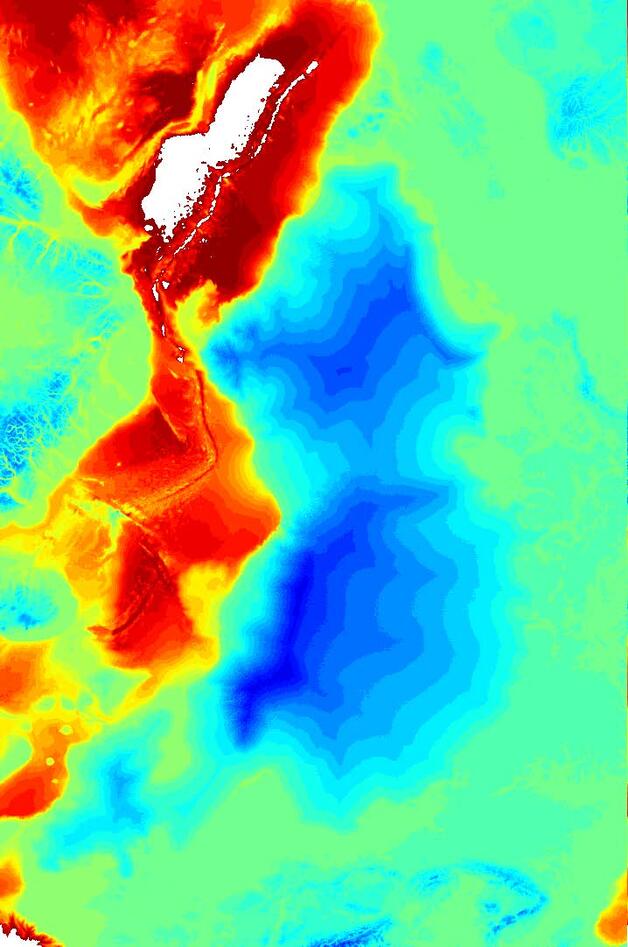A new global ice sheet reconstruction for the past 80 000 years
Hovedinnhold
Scientists from the RISES and DATED projects of the Bjerknes Center contributed to an article published in Nature Communications, which solve a long-standing problem on global sea level during the Last Ice Age. The problem is called “the missing ice problem” because the drop in global sea level of about 130 m during the Last Glacial Maximum requires much more ice on land than the volume so far reconstructed by using numerical ice sheet models. Earlier estimates of ice thickness and volumes were largely based on how thick ice that was needed to cause the measured amount of Earth-deformation, called glacial isostatic adjustment (GIA).
We, on the other hand, reconstructed ice sheets with a glaciological model that was based on only mapped ice margins, basal shear stress and basal topography as input parameters, which were the main contribution from our group. The reconstructed ice sheets were iteratively used in a coupled ice sheet ̶ sea-level GIA model that produced resultant sea levels across the Earth. Interestingly, our calculated sea levels matched observed local sea levels, including the key sites in the Tropics with lowest relative sea levels during the Last Glacial Maximum. Thus, our modeling solved the missing ice problem.
